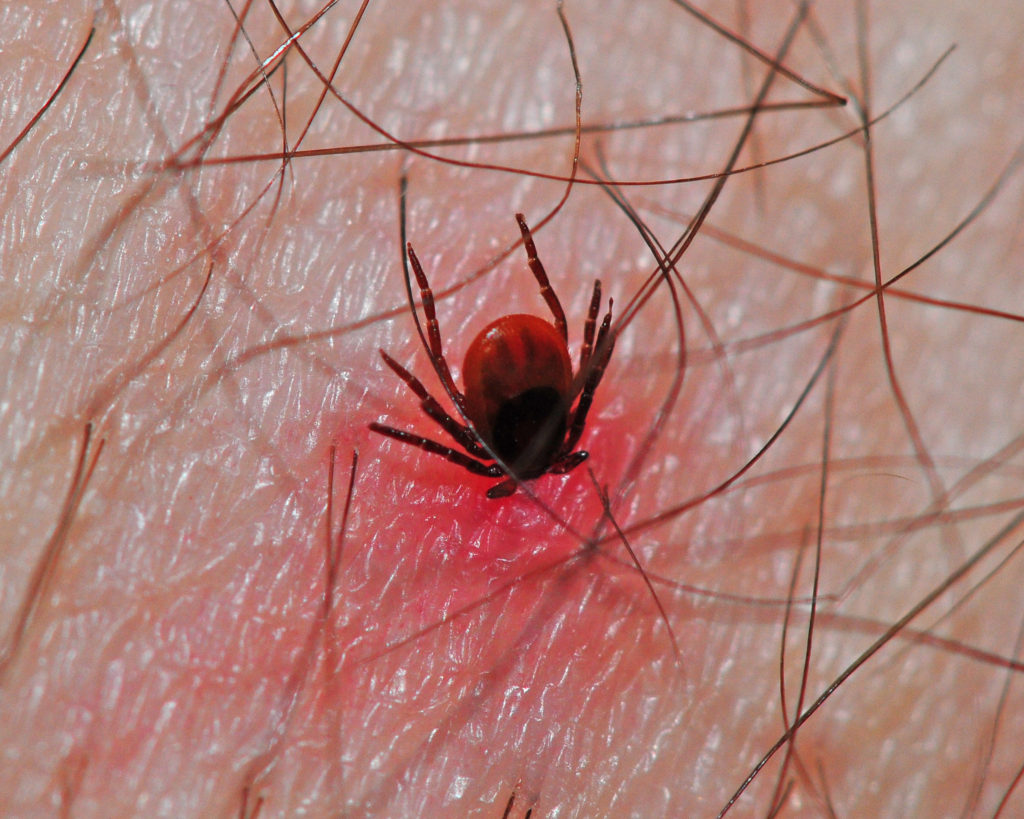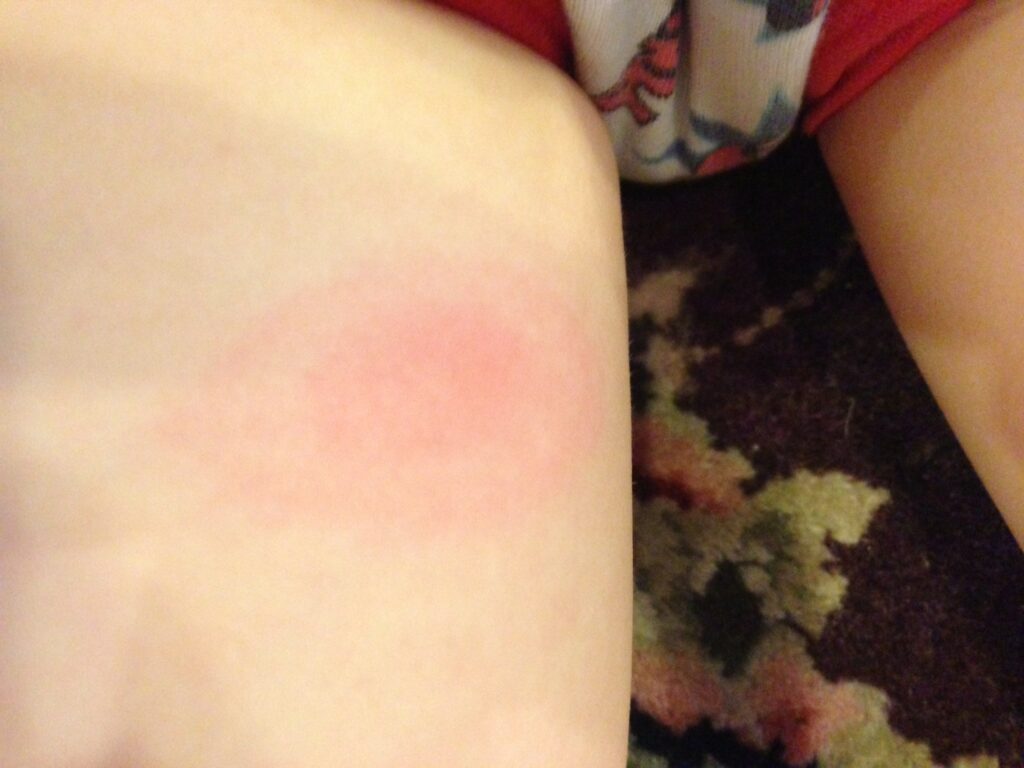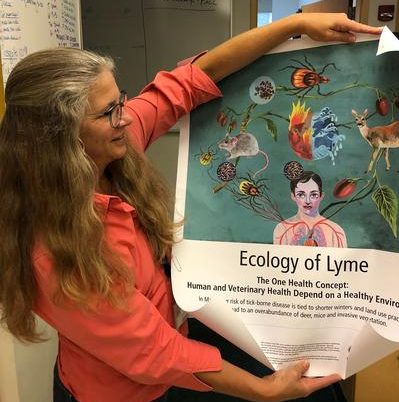Wired Magazine: If you have a dog or cat, chances are you’ve given your pet a flavored chewable tablet for tick prevention at some point. What if you could take a similar pill to protect yourself from getting Lyme disease? Tarsus Pharmaceuticals is developing such a pill for humans—minus the tasty flavoring—that could provide protection against the tick-borne disease for several weeks at a time. In February, the Irvine, California–based biotech company announced results from a small, early-stage trial showing that 24 hours after taking the drug, it can kill ticks on people, with the effects lasting for up to 30 days. Researchers at Tufts Lyme Initiative helped with the development of this new agent.
Tufts Lyme In the News

Trever Smith is the 2024 Bay Area Lyme Foundation Emerging Leader Awardee
Dr. Trever Smith has been awarded the 2024 Emerging Leader Award from the Bay Area Lyme Foundation. Trever’s work focuses on studying the effects of drug combinations against Lyme disease in order to identify combinations that are more effective than standard mono-therapy. He is taking a two pronged approach utilizing high throughput direct measurements of synergy and integrating it with multi-omic technologies to understand the mechanisms of action.

Dr. Yi-Pin Lin Awarded NIH Grant to Study Birds Carrying Lyme Disease
Dr. Lin and his colleagues have been awarded a five-year, $4 million National Institute of Health (NIH) Research Grant (R01) to study how wild birds serve as hosts of the Lyme disease bacteria and birds’ immune responses to the pathogen. The research aims to develop more efficient prevention techniques to minimize the spread of Lyme disease from animals to humans.

Peter Gwynn talks about new drug development for Lyme disease
Dr. Peter Gwynne discusses his work on mapping Borrelia burgdorferi metabolism to identify unique vulnerabilities of the bacteria at a seminar for the Tufts Center for Integrative Managment of Antibiotic Resistance (Tufts CIMAR). By identifying pathways that B. burgdorferi but not humans or other bacteria are reliant on, he hopes to develop narrow spectrum antibiotics that can kill the Lyme bacteria without disturbing the microbiome or leading to resistance in other bacteria.
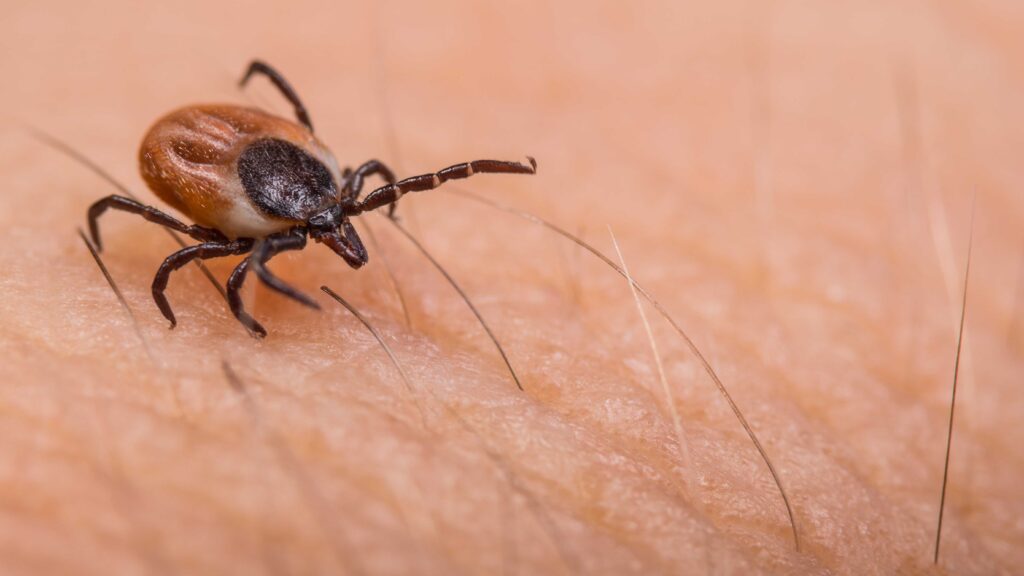
What you need to know to stay safe from Lyme disease this summer
PBS Newshour: According to the Centers for Disease Control, as many as 476,000 people in the U.S. contract Lyme disease every year. Climate change and human encroachment into wilderness areas means ticks and the disease-causing bacteria they carry are becoming more common. Dr. Linden Hu, an immunology professor and co-director of the Lyme Disease Initiative at Tufts University, joins John Yang to discuss.
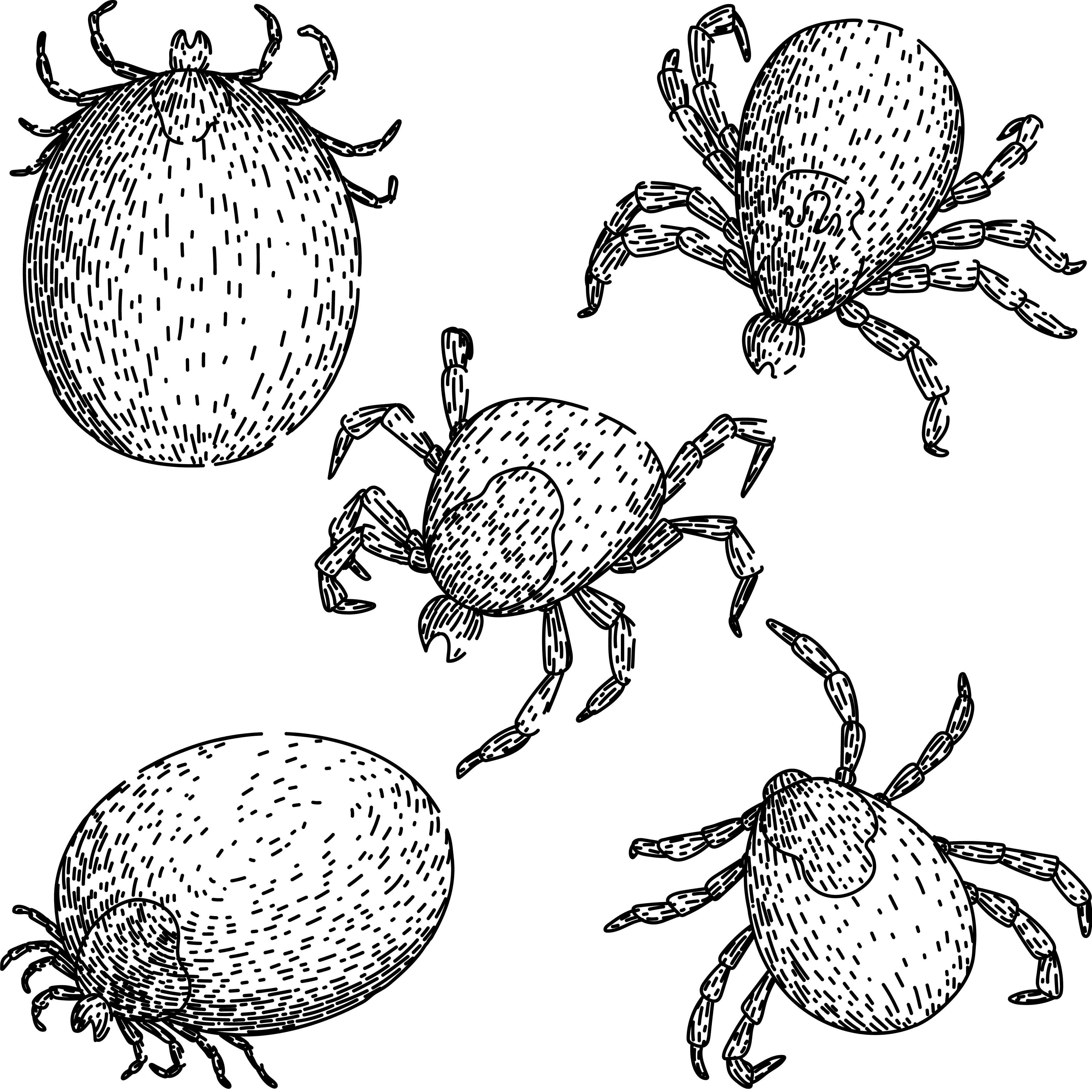
As Lyme disease expands its reach, new research offers hope
JAMA News: Public health warnings about vector-borne diseases in the US are heating up. In a May editorial, scientists from the Centers for Disease Control and Prevention (CDC) made a plea for a vaccine against West Nile virus, which is spread by mosquitoes and has no treatment. By midsummer, the CDC reported that as many as 450 000 people in the US may have a meat allergy from the bite of the lone star tick, while other CDC scientists warned that mosquitoes are becoming resistant to the insecticides used in abatement efforts. Mosquitoes struck in August, when public health officials reported 11 cases of locally acquired dengue fever in Florida and Maryland’s first known case of locally acquired malaria in more than 40 years. Meanwhile, the most common vector-borne disease in the US, Lyme disease, is on the rise.
In this article, progress on understanding the mechanisms of chronic Lyme disease and prevention of Lyme disease are discussed. Highlighted are approaches by the Tufts Lyme Initiative.

May is Lyme disease awareness month
NBC NewsCenter Maine: Chuck Lubelczyk leads a team of researchers in every county in Maine dragging all types of terrain for ticks. How active ticks will be this summer depends on Mother Nature.
“We haven’t found any evidence of those ticks arriving yet, but you never say never. But I think it’s inevitable at some point,” Lubelcyzk said.

New Lyme diagnostic could pinpoint disease earlier
Boston Globe: With the tick-borne illness making its annual resurgence in the region, researchers from Tufts University School of Medicine say they have discovered a new way to identify the disease, looking at an antibody generated in response to the infection, that can help people receive more effective treatment.
“There are real problem areas in the current tests that impact a lot of people,” said Peter Gwynne, lead author of the study and a molecular biology and microbiology researcher at Tufts University School of Medicine.

Why Lyme disease symptoms go away quickly for some and last years for others
NBC News: Why some people recover from Lyme disease, while others experience months, years or even decades of chronic symptoms has long puzzled doctors. New research from Dr. Klemen Strle offers some clues to an immune system marker in the blood that is elevated among people with lingering Lyme disease symptoms, even after they’d received antibiotics.

How to Stem the Rise of Tick Borne Diseases
Dr. Robert Smith, co-director of the Tufts Lyme Disease Initiative, gives Grand Rounds and discusses the forces behind the rise in tick borne diseases and how we might stop them.
Use the password d7xY$0$P to watch the video.

Can a Tufts Professor Finally Stop Lyme Disease
The ticks are back and cases of Lyme disease are rising throughout New England. Inside the race to eliminate one of nature’s biggest threats (plus what you need to know to keep safe this summer). Tick-tock. Dr. Sam Telford talks with Boston Magazine about roadkill, bowties and plans to eradicate Lyme disease using new technologies

Plotting the End of Lyme Disease
For years, Tufts researchers have been on the cutting edge of investigating and treating the mysterious illness known as Lyme disease. Now, a new initiative seeks to eradicate the disease once and for all. Tufts Lyme Initiative investigators Sam Telford and Linden Hu discuss their plans for interrupting the cycle of Lyme disease in the wild.

Lyme arthritis: A small piece of the larger autoimmunity puzzle
In this article, Robert Kalish and Allen Steere discuss recent advances in the understanding of Lyme arthritis. “We see in Lyme arthritis that an infectious trigger can induce an immune response that leads to persistent symptoms,” Klemen Strle, PhD, a research scientist at the Laboratory of Microbial Pathogenesis and Immunology and the division of infectious diseases at the Wadsworth Center in New York, said in an interview. He believes that the “concept of infection-induced autoimmunity” could be a new frontier in the field and has implications across conditions and disease states.

Tufts Lyme Disease Initiative receives $7 million in new grants
Drs. Sam Telford, Linden Hu and Tanja Petnicki-Ocwieja received new grants from NIH and the Global Lyme Alliance to study Lyme disease. The three grants will study the development of new antibiotics to eradicate Lyme disease in the wild; the role of human genetic mutations in persistent inflammation in Lyme disease; and the role of ozone in management of Lyme disease.
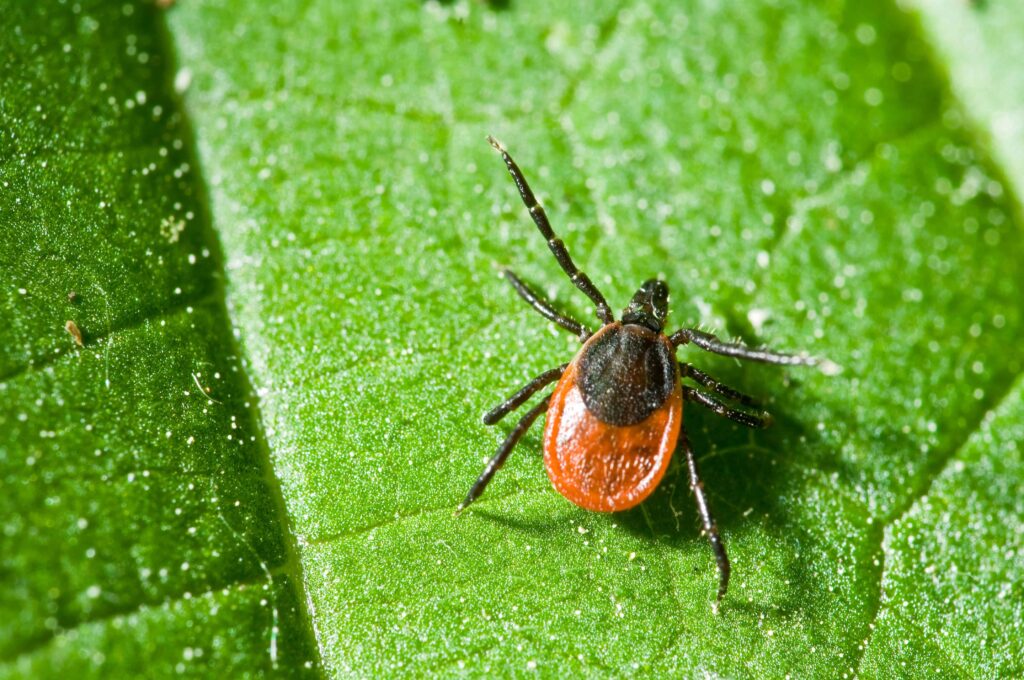
How Much Should I Worry About Ticks?
If you spent a lot of time playing in the grass as a kid, there’s a good chance your parents told you to check yourself for ticks. The minute arachnids are always common, but in many places, this year is predicted to be a particularly bad one for them.* Across the United States, the tiny pests could turn up in record numbers, experts predict, burrowing into the skin around ankles and hitching rides on pets.
But how worried should you be about these blood-sucking parasites? We asked experts to tell us everything you need to know about this year’s tick season.

Why it took so long to develop a new vaccine for Lyme disease
In the New Yorker: There used to be a Lyme vaccine—and then, in a rare occurrence in modern medicine, it disappeared. LYMErix was a three-dose regimen for humans brought to market about twenty years ago by SmithKline Beecham, the precursor to the pharmaceutical giant GlaxoSmithKline. It prompted the making of bacteria-neutralizing antibodies in a person’s blood, so that when a tick bit, the Lyme pathogens it was harboring would be killed before they could cause an infection. It was a novel approach: essentially, the vaccine acted inside the tick, not its human host.
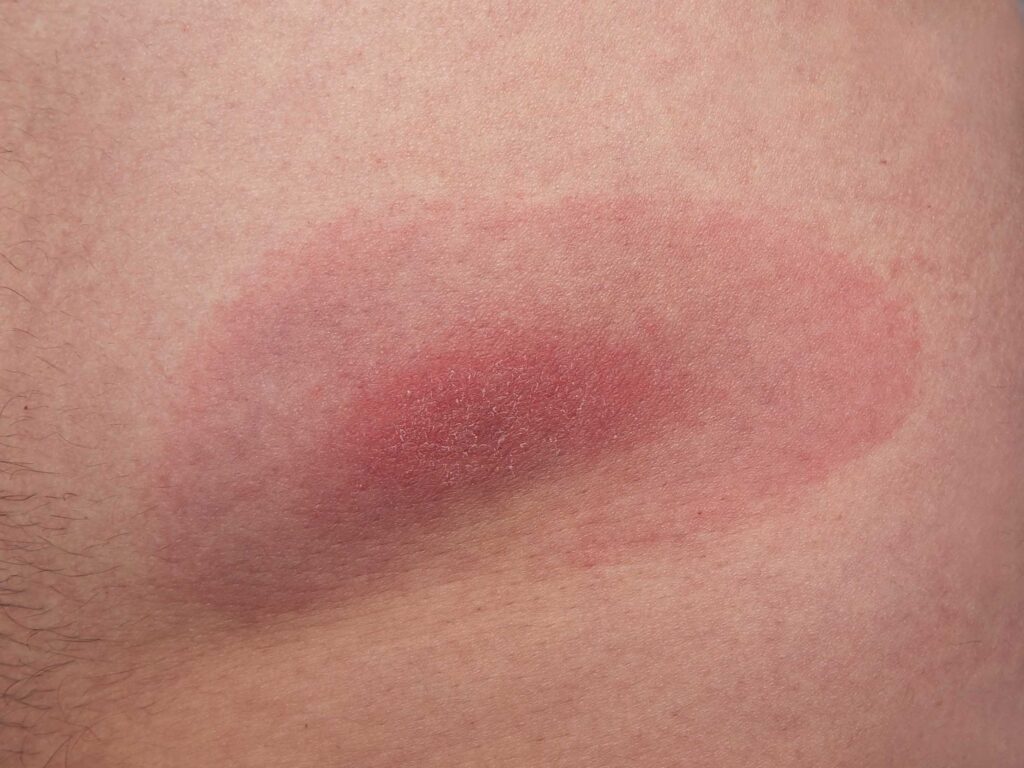
It’s time to take Lyme seriously
After four decades, it’s time to get our summers back. This time of year in New England should mean beach days, ice cream, hikes in the mountains. Instead, for thousands of residents, year in and year out, it means a debilitating bout of Lyme disease, the often-painful tick-borne bacterial illness that arrived with day-glo in the ’80s — but then, unlike leg warmers, never left.
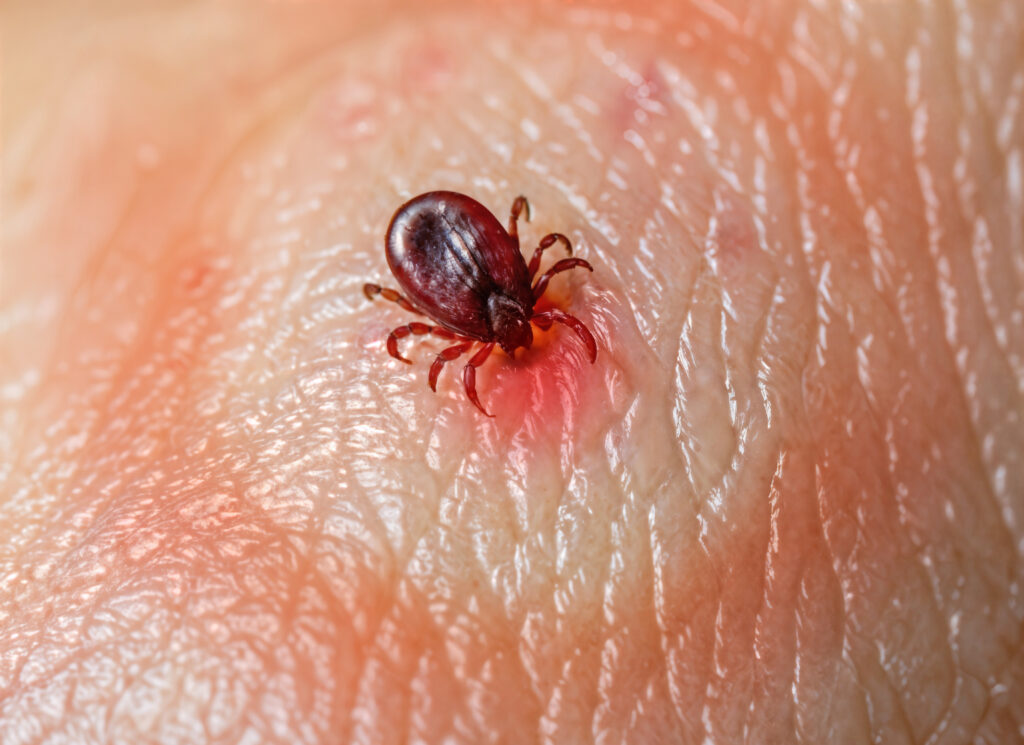
Dogs can get a Lyme disease vaccine. Why can’t humans?
It’s the season for tick bites. Each year, at least 300,000 people contract Lyme disease and about 10 to 15 percent report stubborn, long-lasting symptoms like achy joints, fatigue and memory lapses despite treatment. What are the mysteries of Lyme, and why is there no effective vaccine on the market for humans? Science correspondent Miles O’Brien reports.

Outdoors: Tufts’ Telford talks ticks, research
I recently delivered to Tufts University’s world-renowned infectious disease authority, Dr. Sam Telford III, all of the ticks that our bird-0banding team removed from migratory songbirds mist-netted at our Auburn Sportsman’s Club Research Station this past spring.

Can a new Lyme disease vaccine overcome a history of distrust and failure?
As the threat of Lyme disease grows and fears surrounding it spread faster than the ticks that carry the infection, researchers are developing two vaccine or vaccine-like approaches to prevent this increasingly problematic disease. But don’t expect to get one soon. They are at least three to five years away from clinical use, according to their developers.
As the threat of Lyme disease grows and fears surrounding it spread faster than the ticks that carry the infection, researchers are developing two vaccine or vaccine-like approaches to prevent this increasingly problematic disease. But don’t expect to get one soon. They are at least three to five years away from clinical use, according to their developers.

